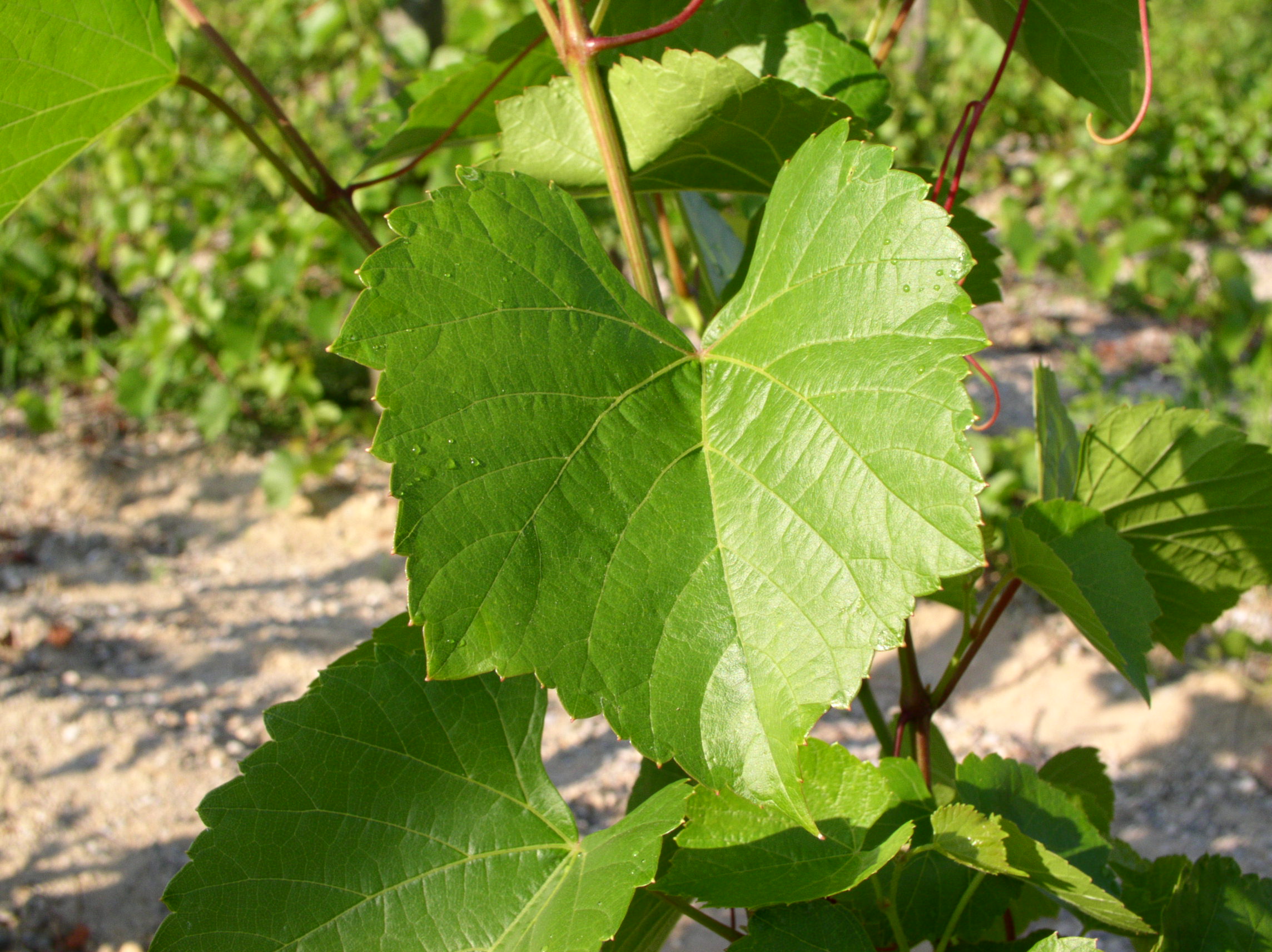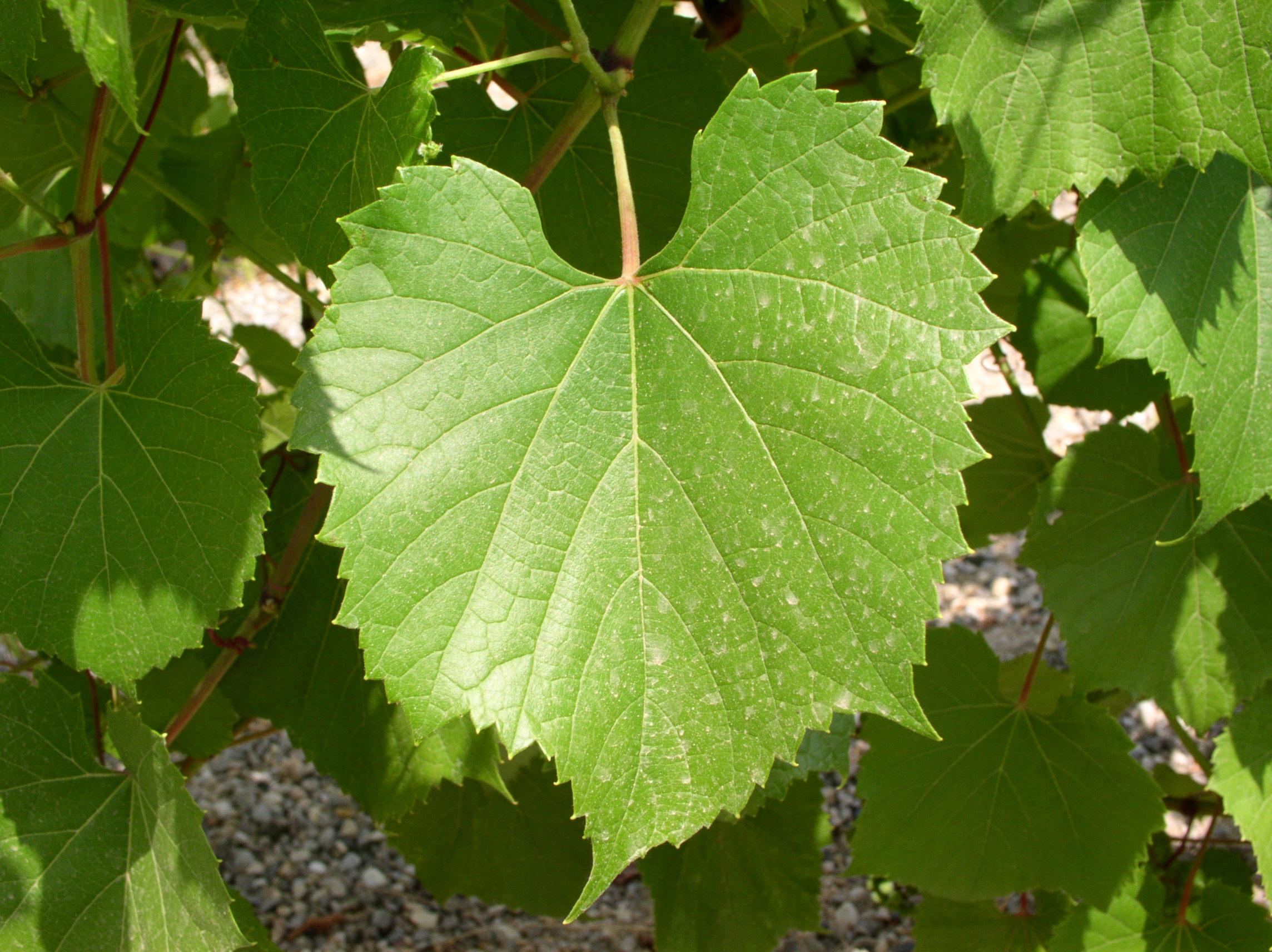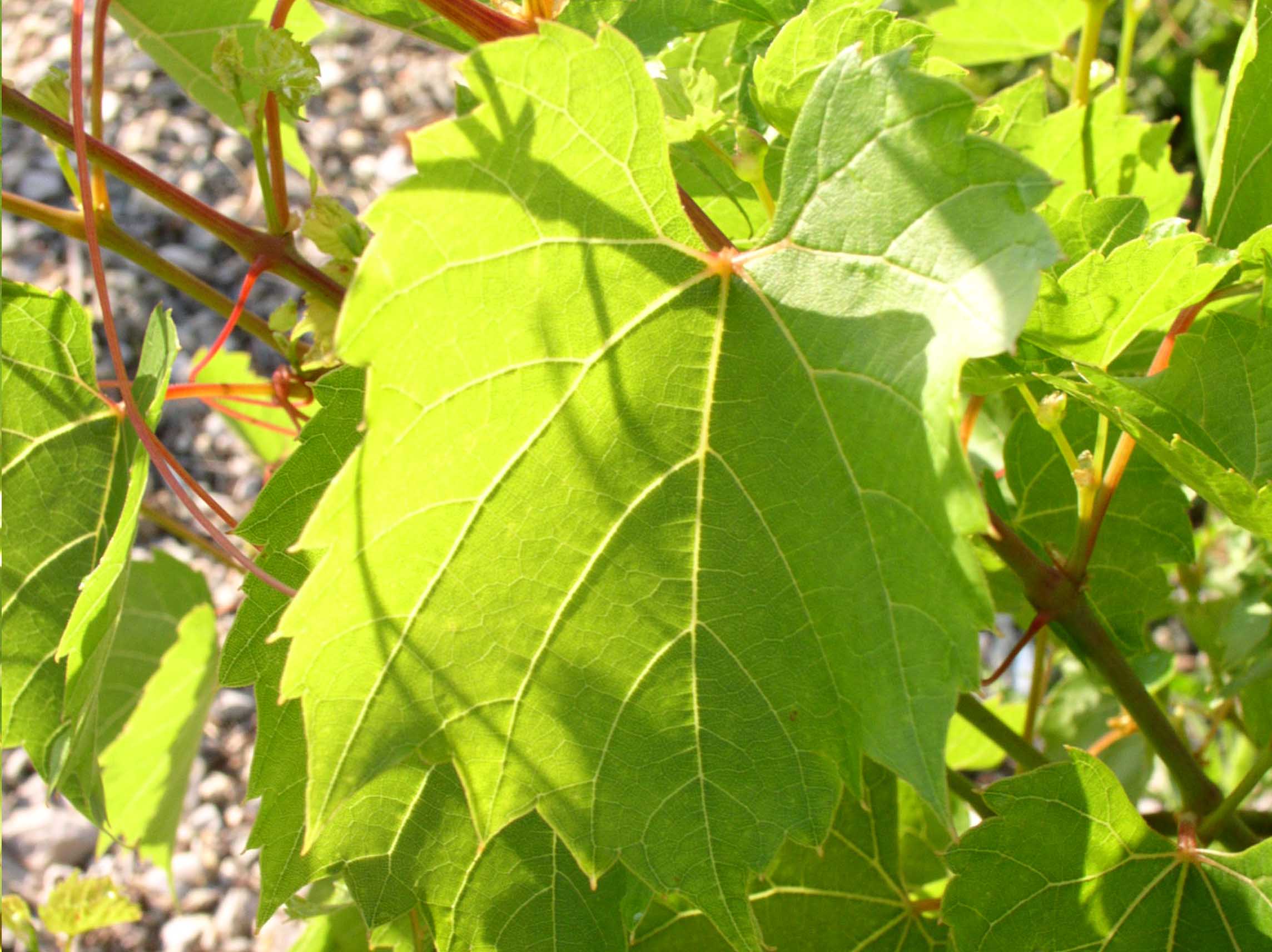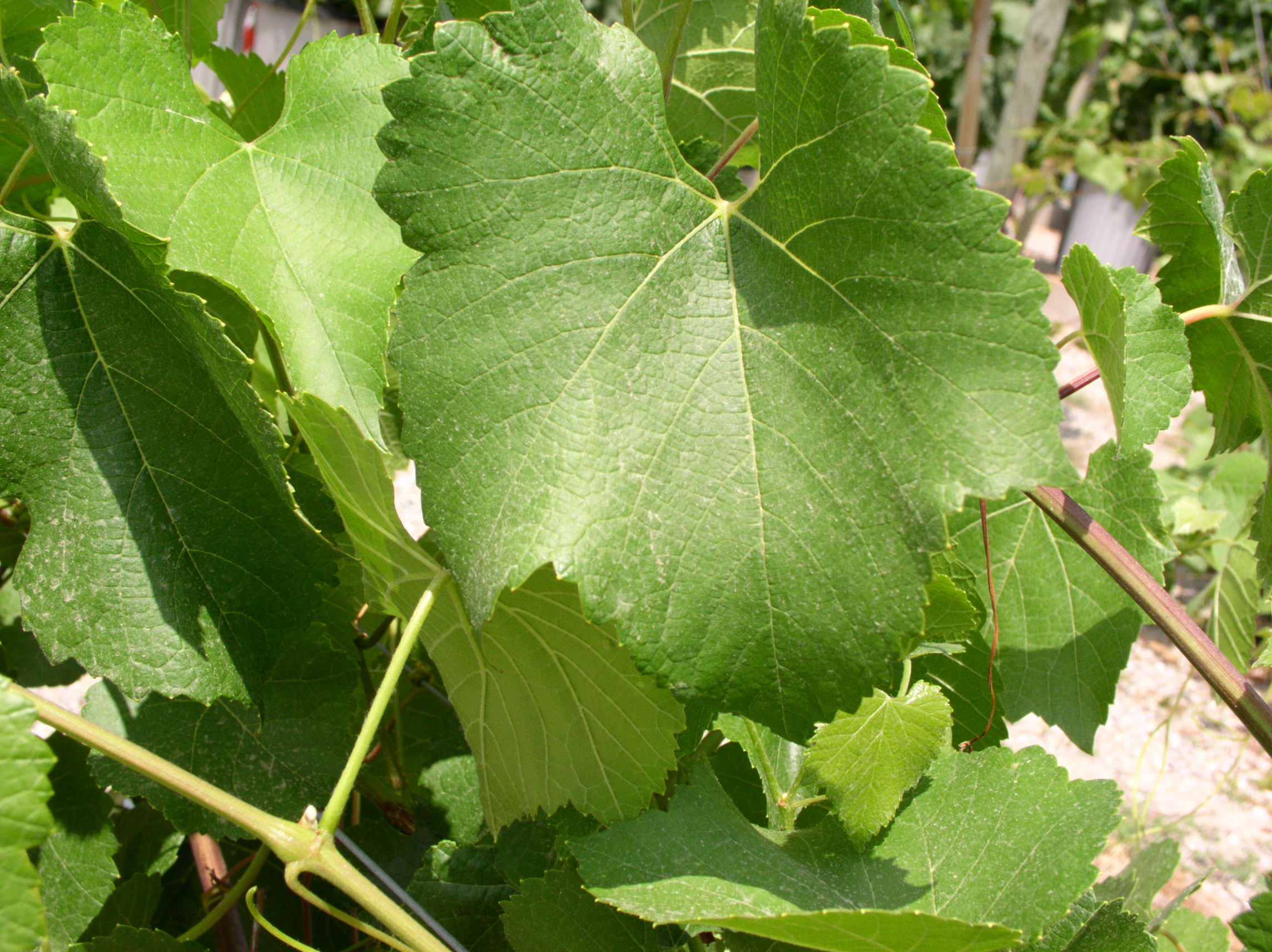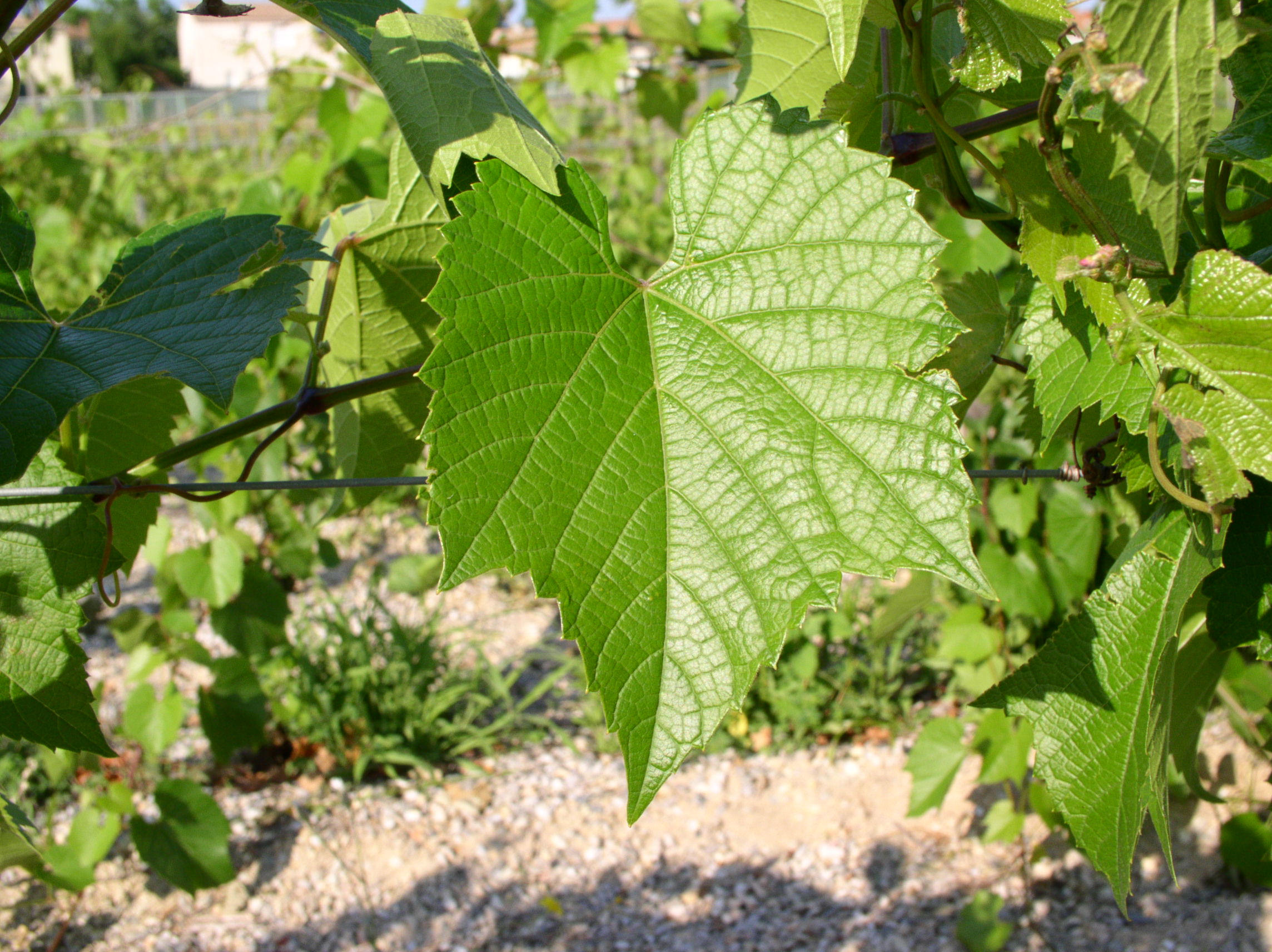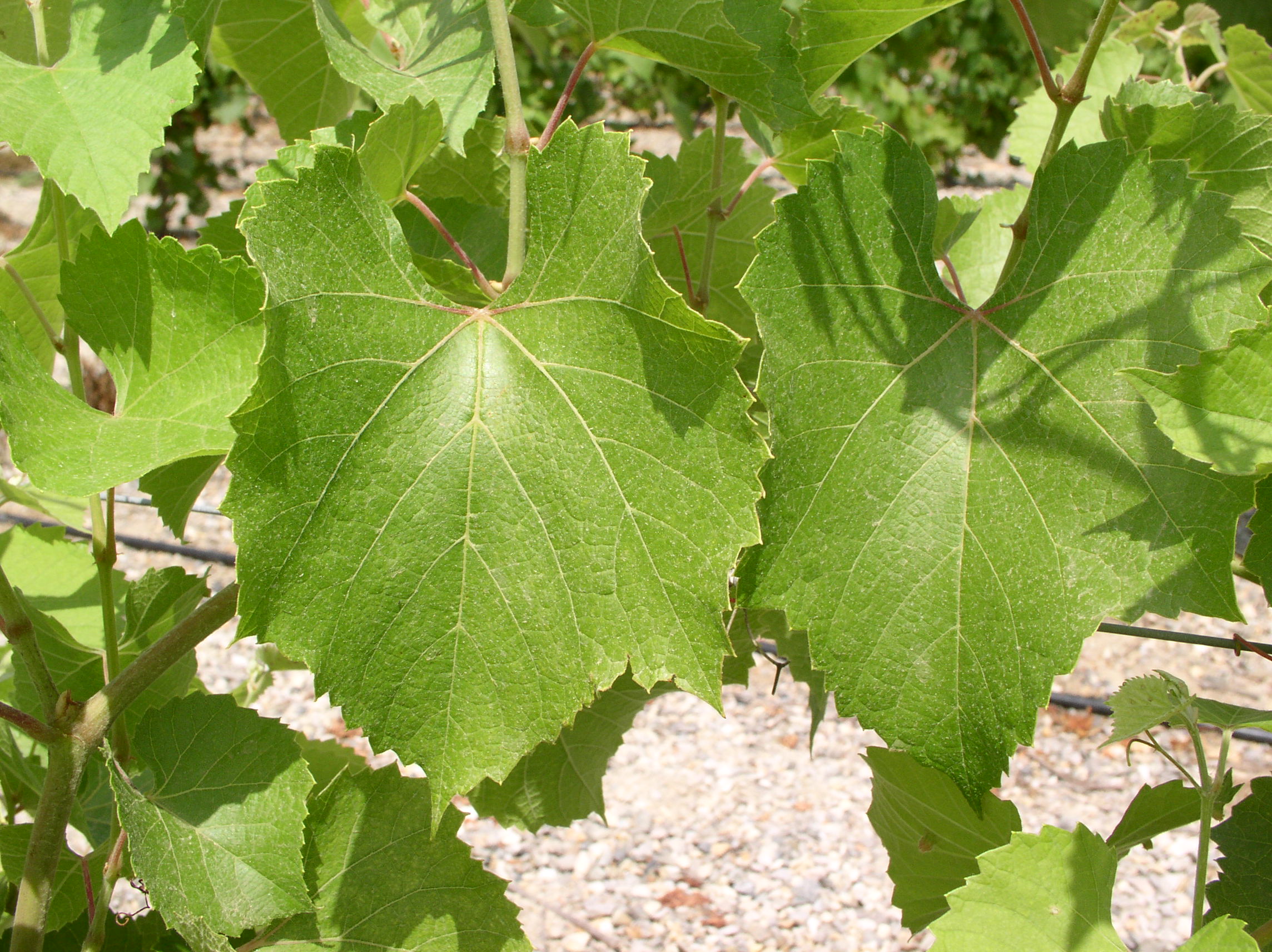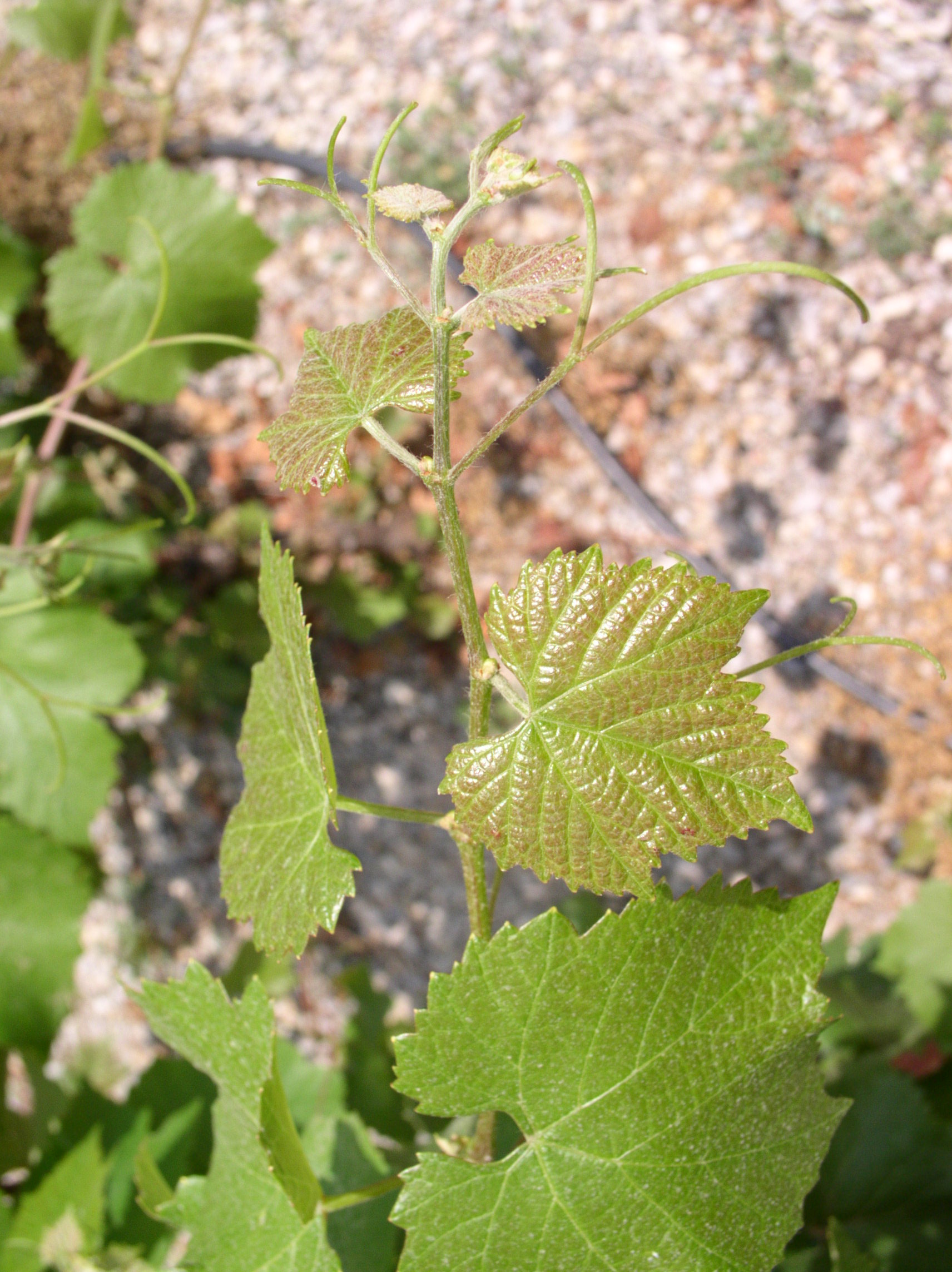
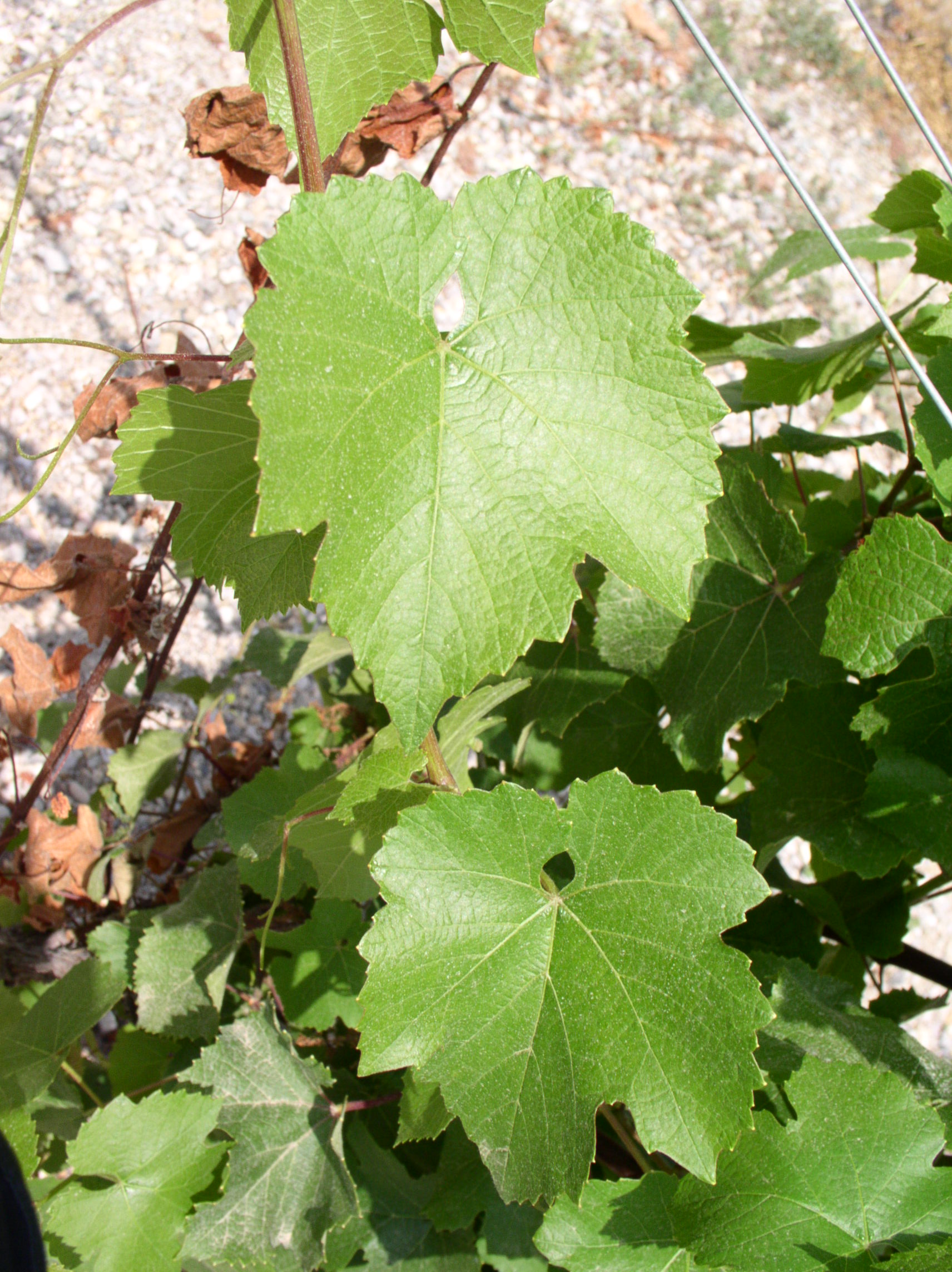
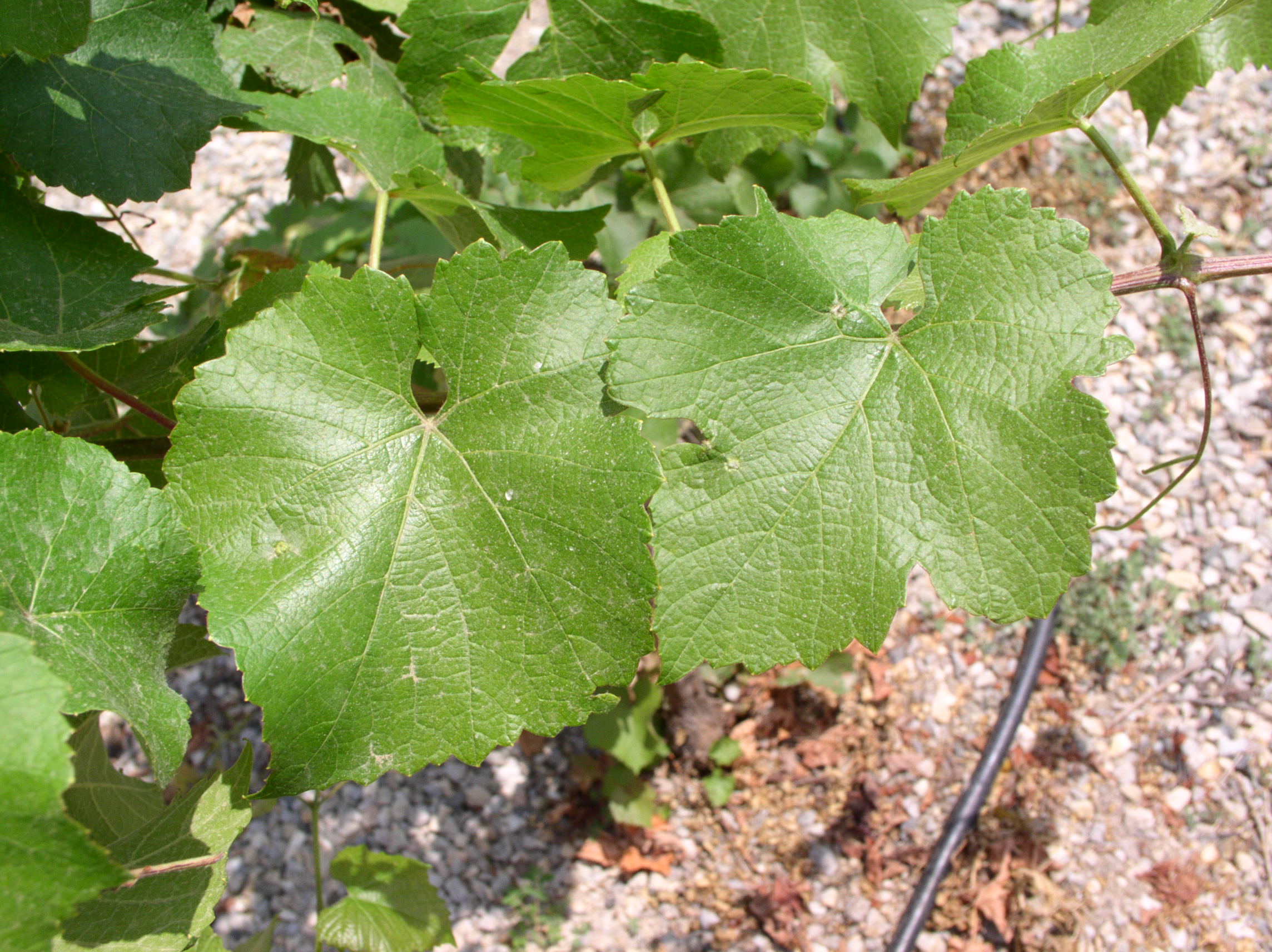
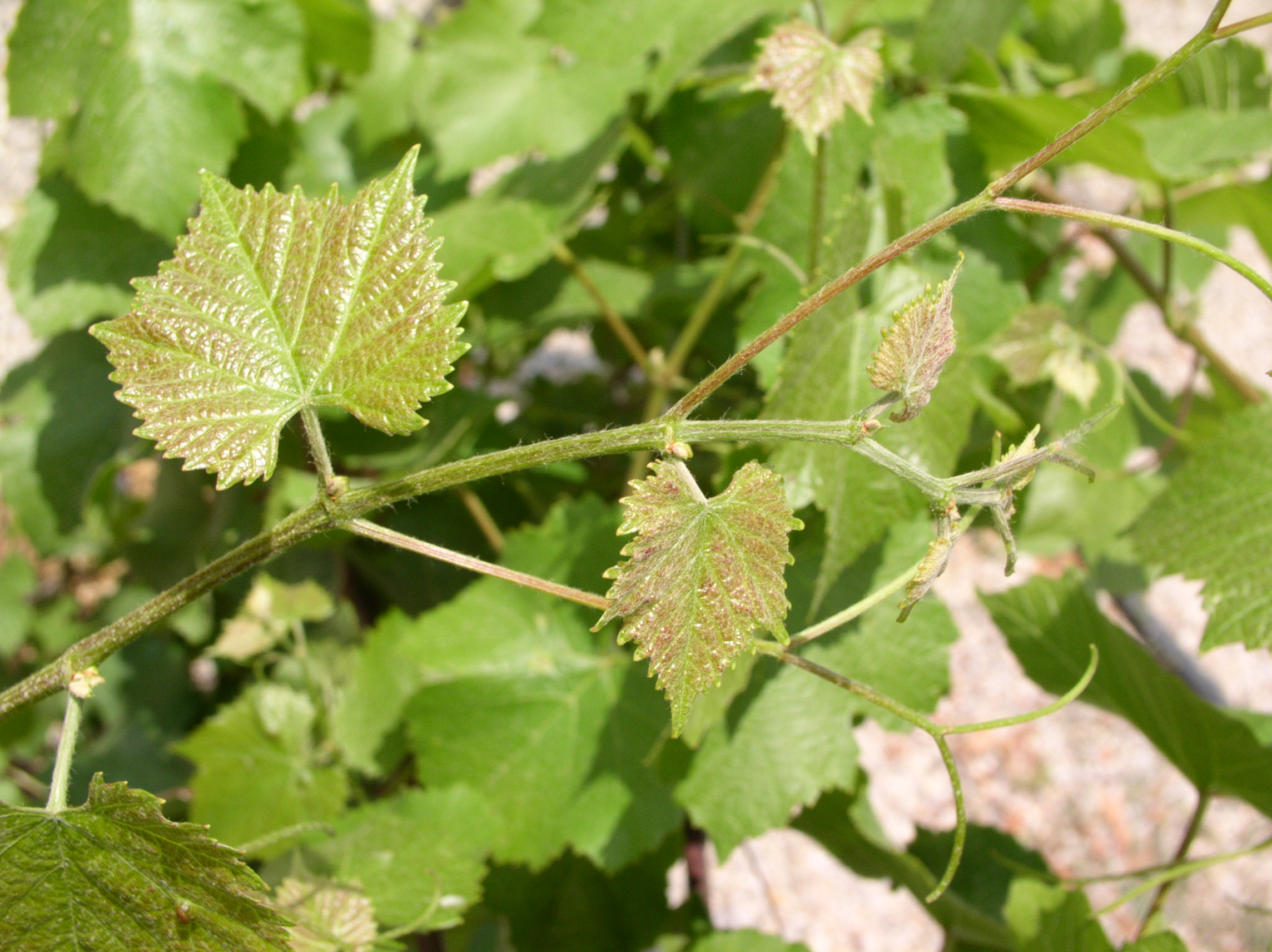
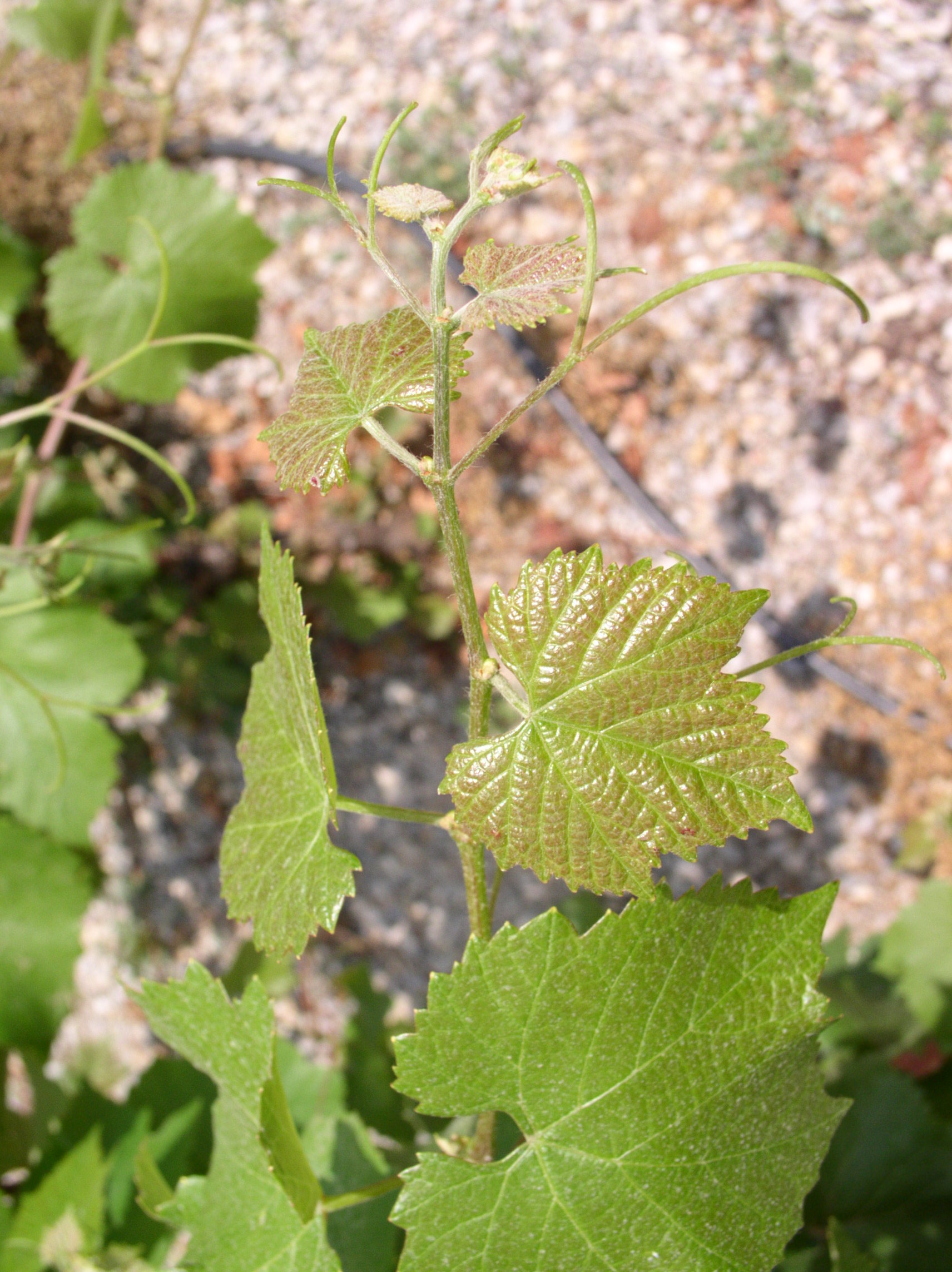
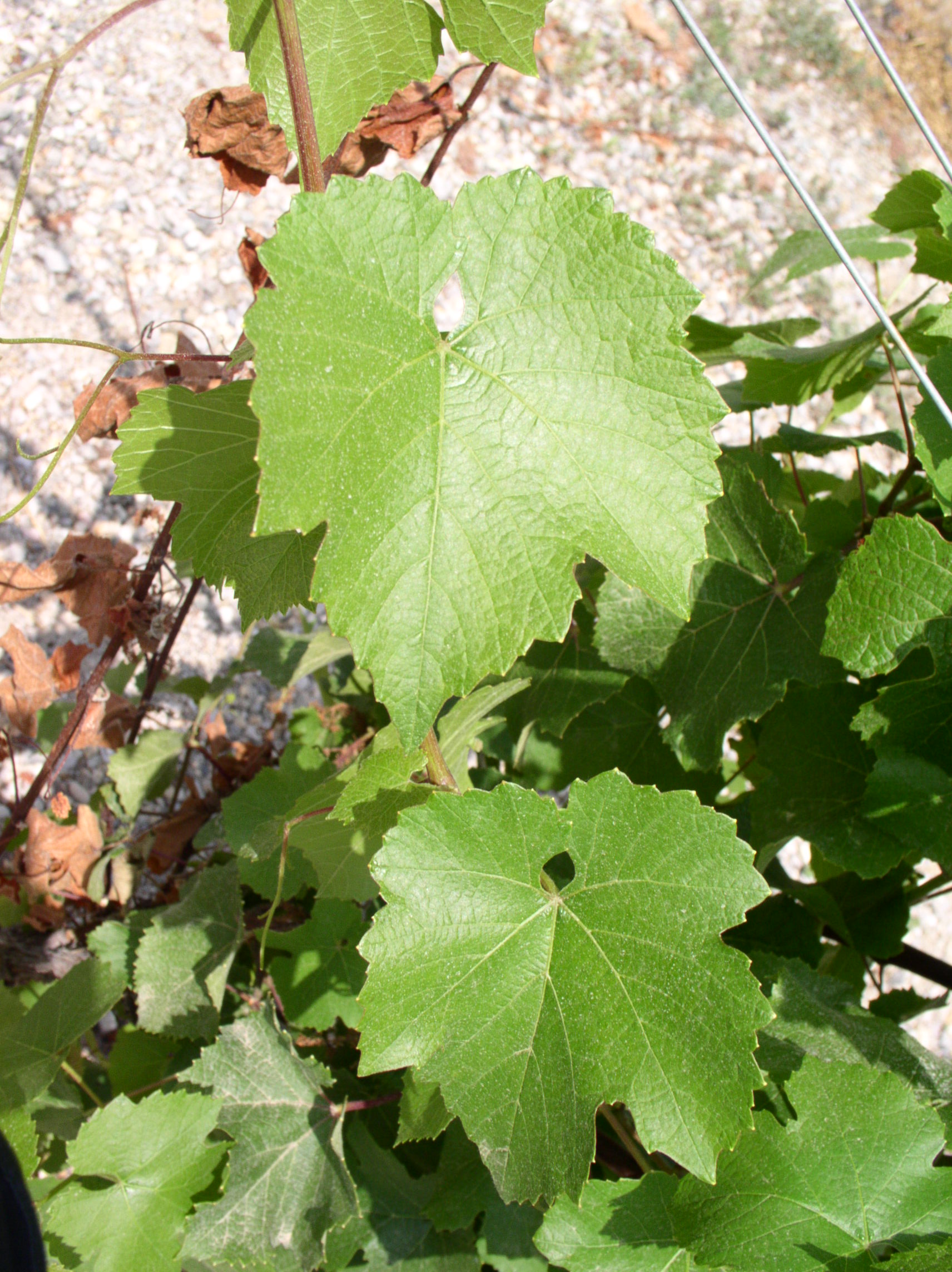
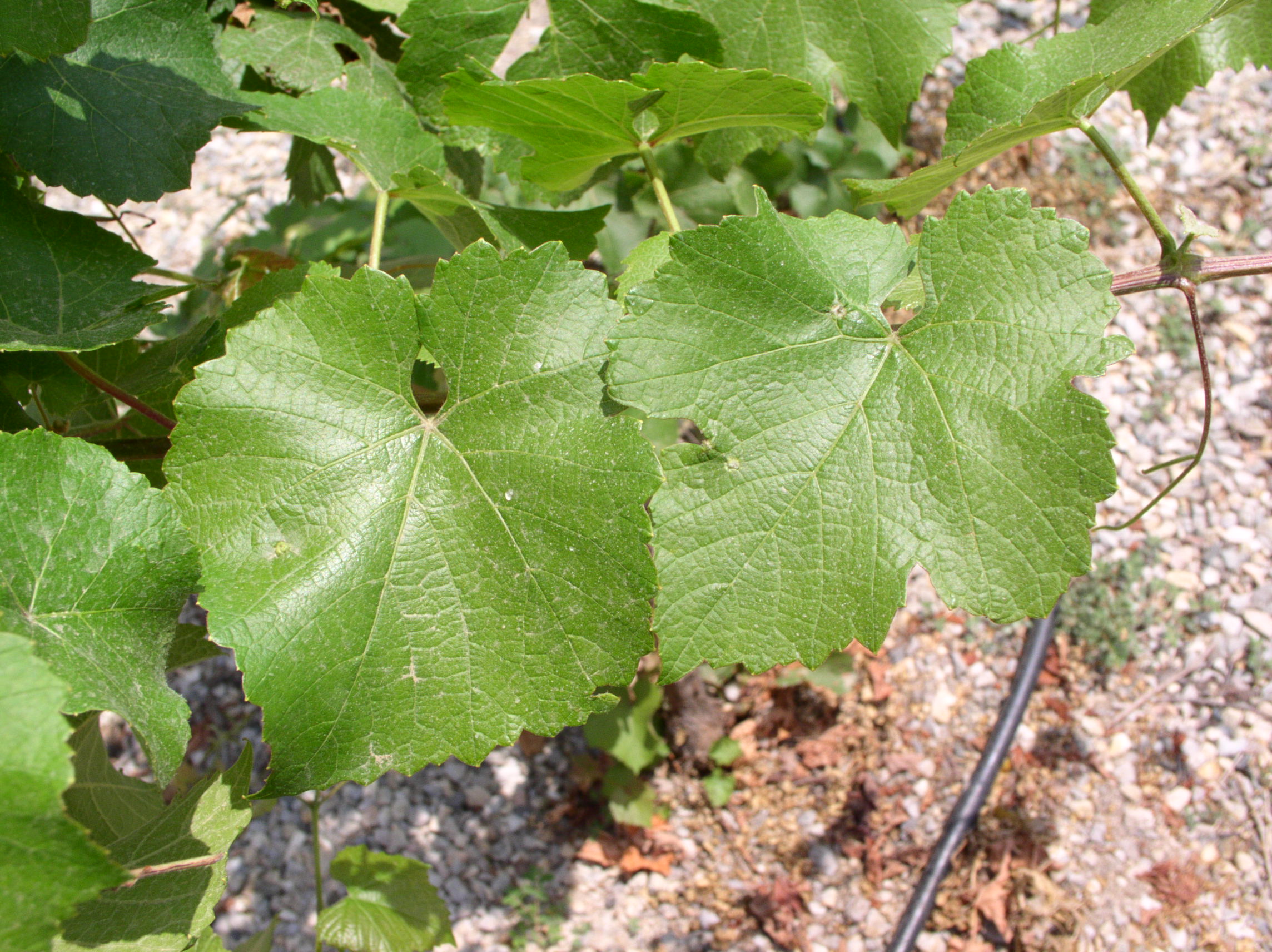
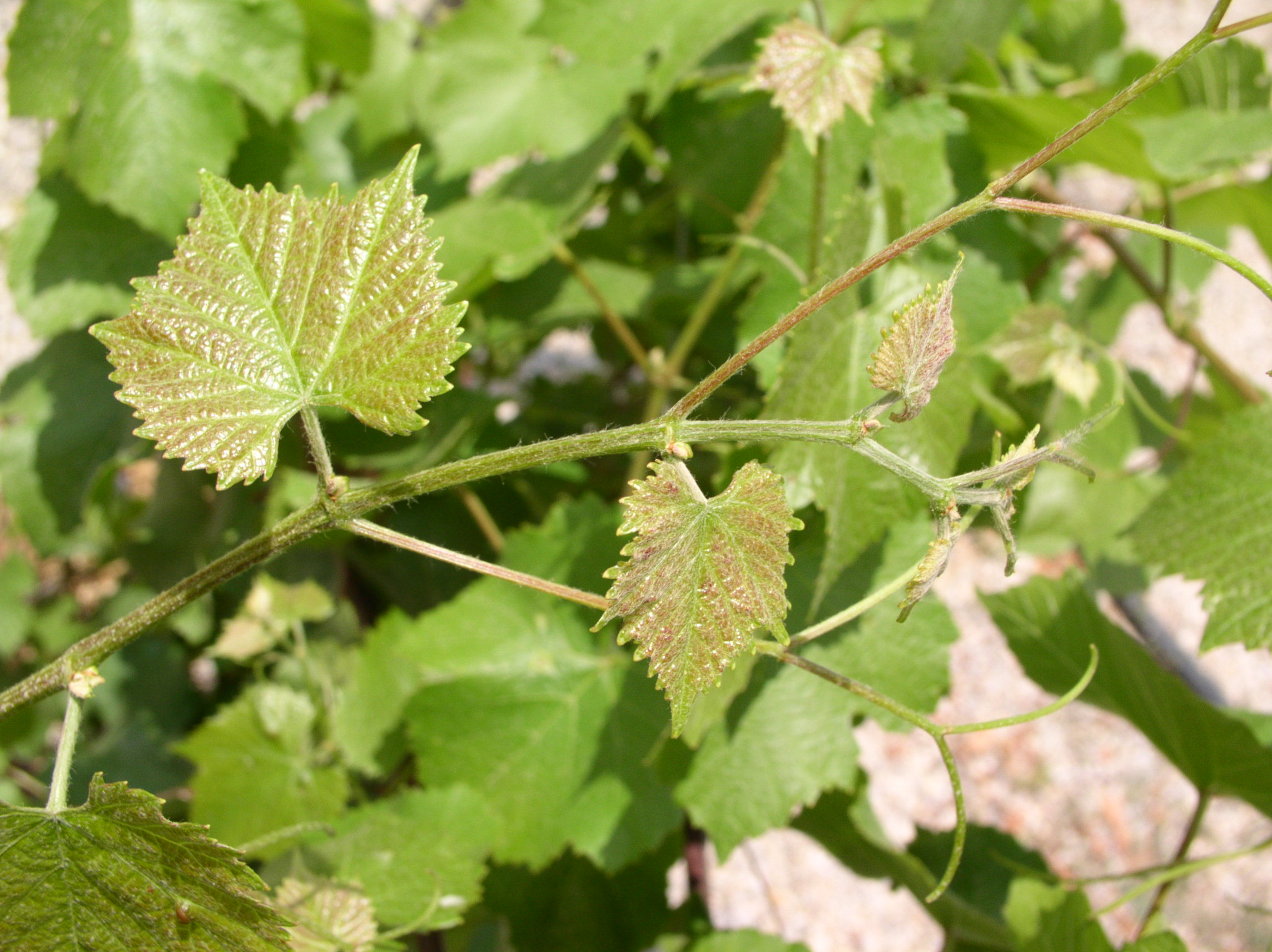
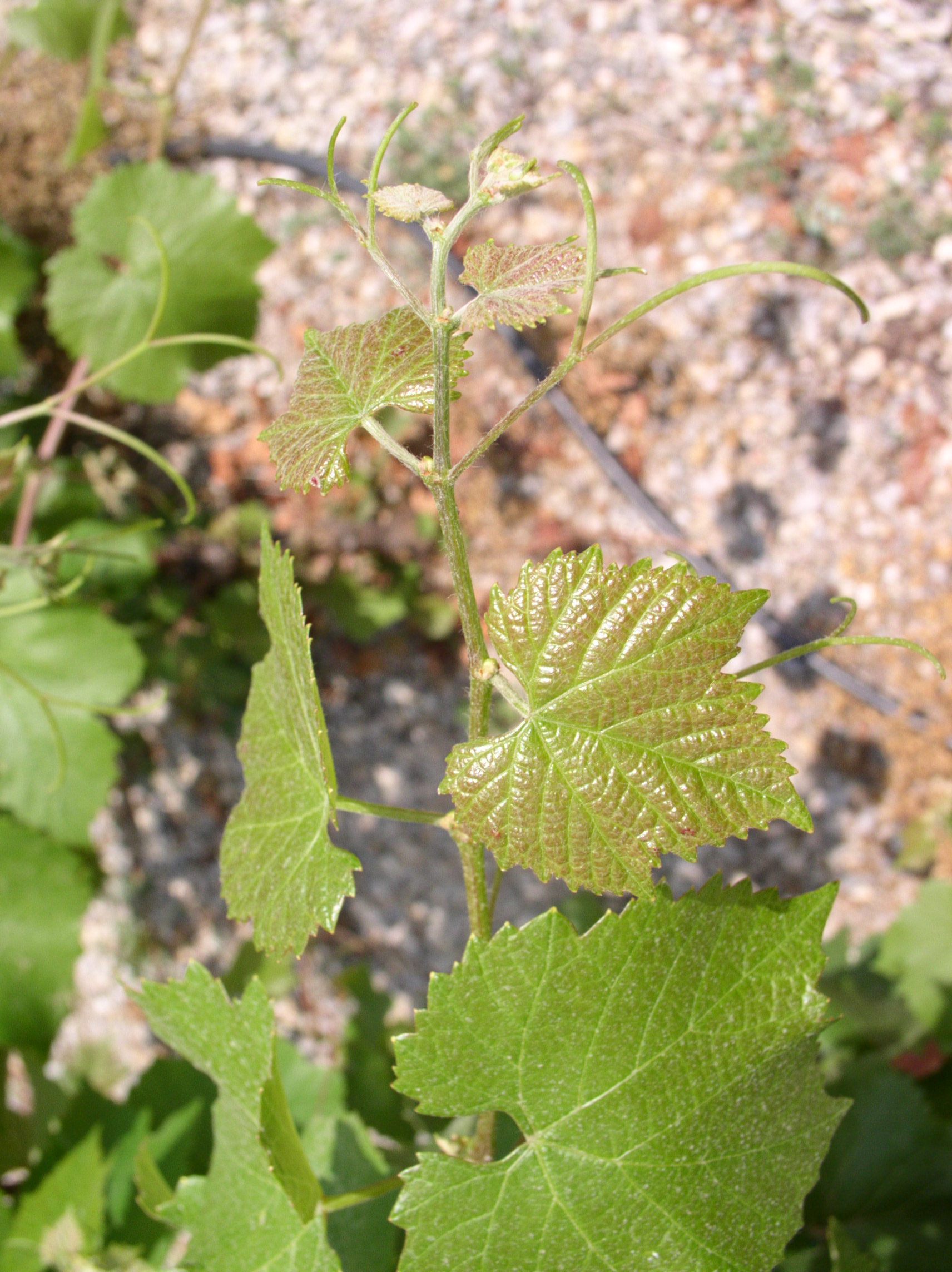
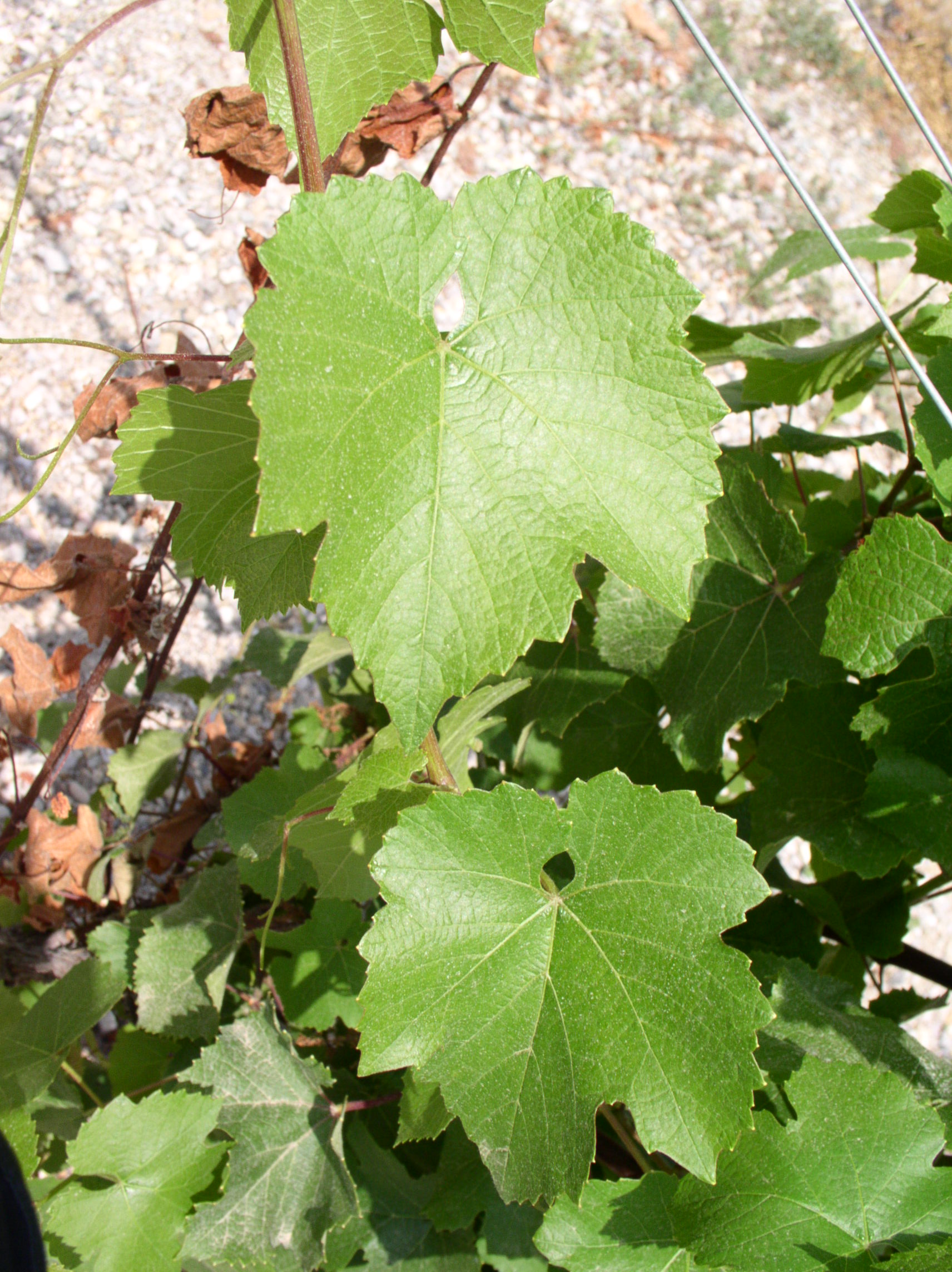
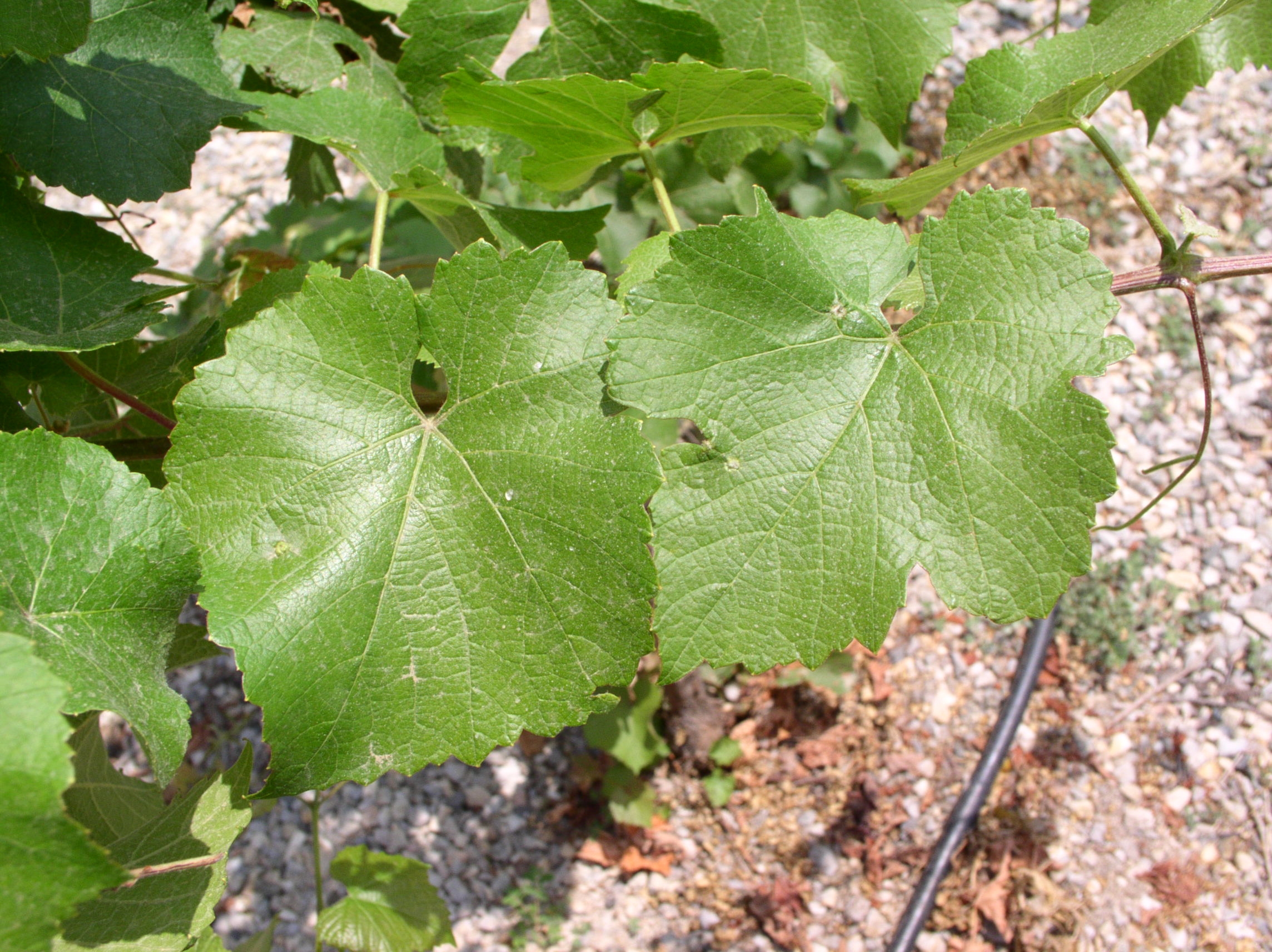
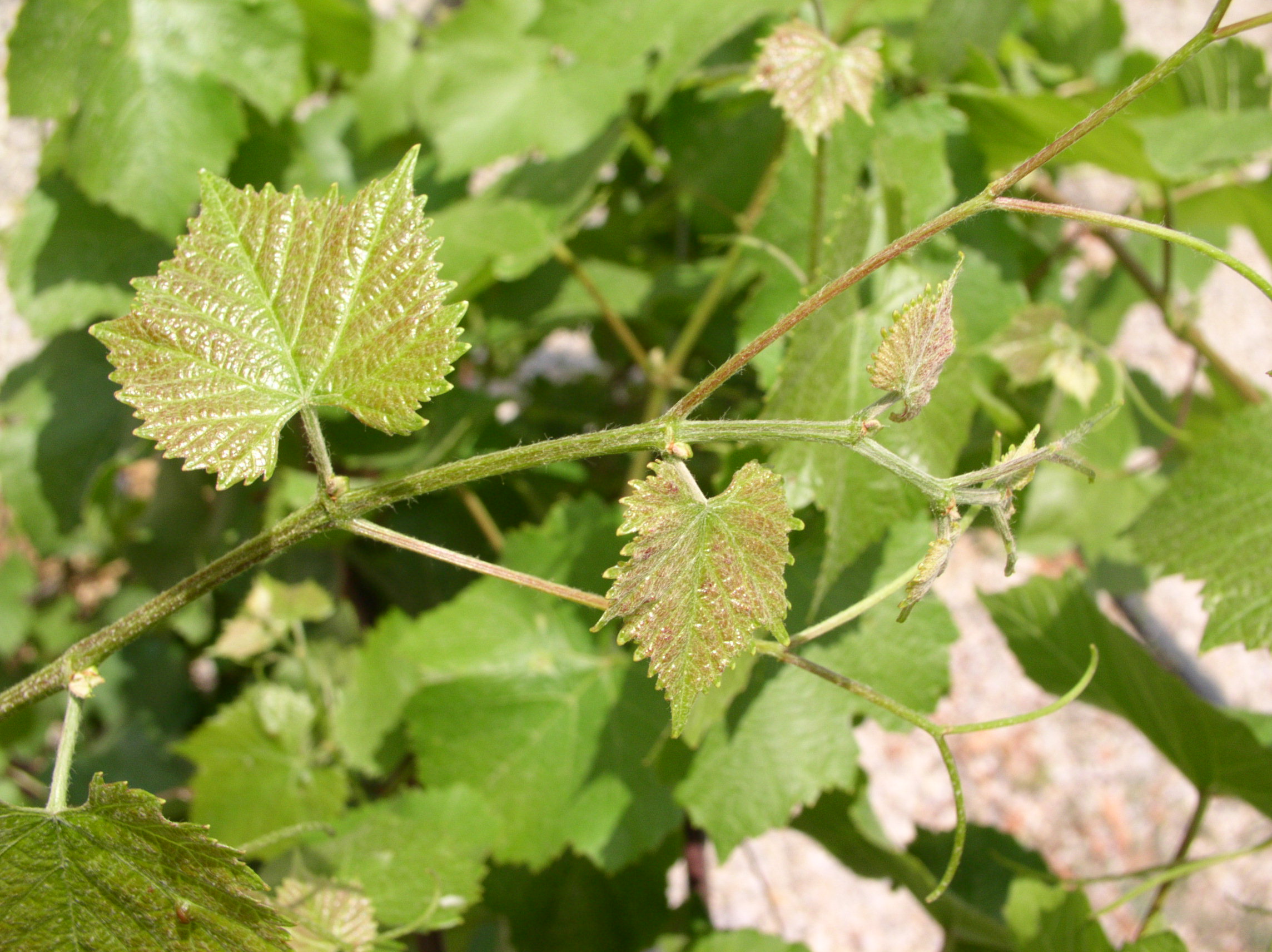
333 Ecole de Montpellier
Description
Rootstock deriving from the cross of Vitis vinifera cv, Cabernet-Sauvignon and Vitis berlandieri.
Today there are 4 different clones of this rootstock: 260, 263, 1049, 1105.
Resistance to Soil Pests
333 ΕΜ tolerance to the root form of phylloxera is moderate to high. It is susceptible to the nematodes Meloidogyne incognita and Meloidogyne arenaria.
Adaptation
333 EM is characterized by its high level of adaptation to calcareous soils and its tolerance to iron chlorosis. 161-49 C can tolerate up to 60% total calcium, 40% active calcium and CCI up to 70. This rootstock shows very good adaptation to dry heat conditions and to conditions of increased humidity during spring. 333 EM adapts very well to shallow, dry and calcareous soils.
Interaction with the implant and production targets
The robustness 333EM carries to grafts is high and allows the creation of high yields per ha. In some cases it may favour the occurrence of coulure. Plant growth in the early years of the vineyard establishment is quite slow. In conditions of low or limited soil fertility, 333 EM can bring astonishing quality results.
Specific multiplication properties
Low in wood formation (10,000-30,000 metres per hectare) and requires favourable conditions during autumn for the proper wood formation of its tinges. Average rooting ability and good grafting ability, but the large diameter of the canes is a factor that can generate problems.
Parasite Resiliance
333 EM is highly tolerant to the foliar form of phylloxera and shows moderate tolerance to downy mildew. On the contrary, it is susceptible to eriophyes vitis.




